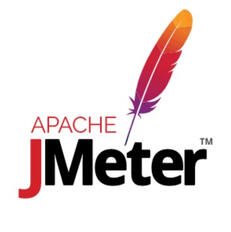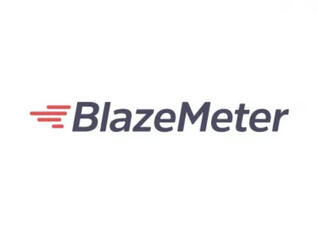
Response time of less than 1 second achieved for a Fin-tech company in Singapore
Client overview
A leading fin-tech company that provides stock information empowering people to make smart investments.
Key requirements
Scalability assessment and performance optimization of the web application.
Smooth functioning for a concurrent load of 20000+ users.

Technological stack
Experienced in 10 + performance testing tools
Our Solution
A well-structured approach was put into action/deployed by the team, providing the client with an exhaustive review of system vulnerabilities and recommendations to get rid of them.
A Performance Benchmarking exercise was conducted to gauge the system capacity. This helped evaluate whether the IT infrastructure could handle the surge in transaction volumes without compromising service levels.
With a thorough Architecture Review across the stack, three failure points surfaced that had majorly hampered system’s performance. The key factors were namely- slow DB queries, low server capacity, and blocked calls by an external server
The MySQL database was reviewed at the architecture, query, instance, and I/O level to identify performance improvement prospects.
The infrastructure was examined to identify bottlenecks in the CPU, storage, and network.
The application server performance was analyzed to identify optimizations via thread, memory, and connection pool management.
Client Benefits
The solution provided by Frugal testing bolstered the responsiveness of the application, with response time being less than a second for most of the transactions, thereby further helping the client achieve cost, time and effort saving.
MAJOR IMPROVEMENTS DERIVED FROM PERFORMANCE TUNING AND OPTIMIZATION EXCERSISE
CODE LEVEL DIAGNOSTICS
Web Transactions response time during Load Test
Before
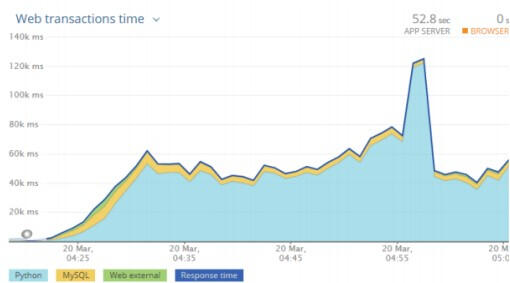
After

Changes at code level improved the responsiveness of the, application, making it 3X faster. It helped identify the transactions that took comparatively more time to process, and also the reasons for the delay by deep-diving into the method in the code causing issue.
Service Metrics
Before
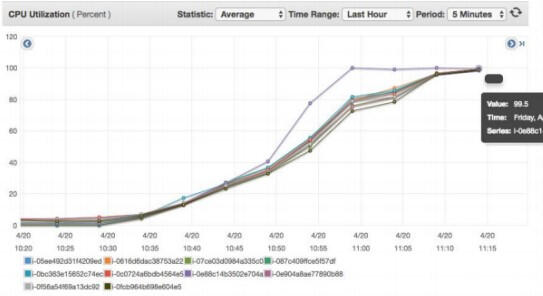
Server Instance CPU
After
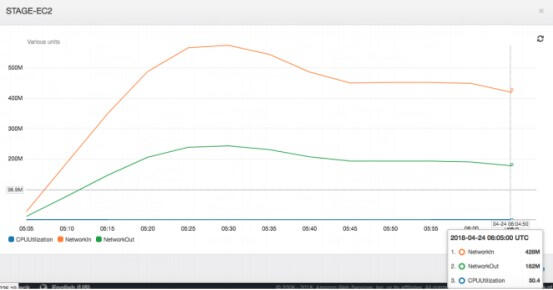
Server Instance CPU and Network In -Out
Monitoring end-to-end infrastructure and server-level metrics such as garbage collection, heap memory utilization, CPU, memory, etc., helped identify the performance bottlenecks.

